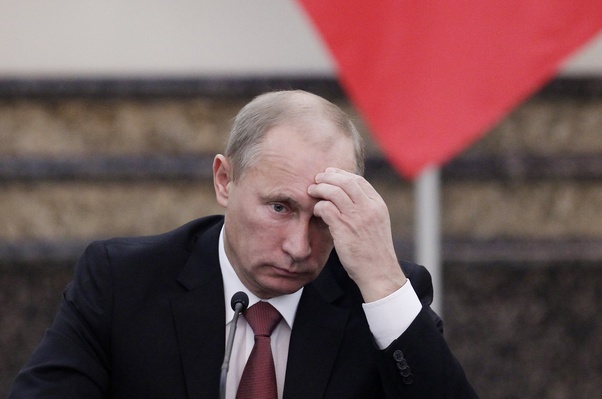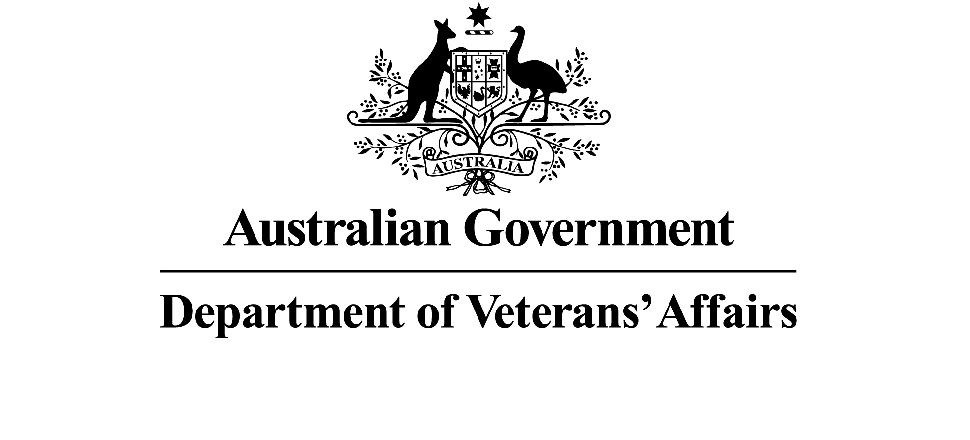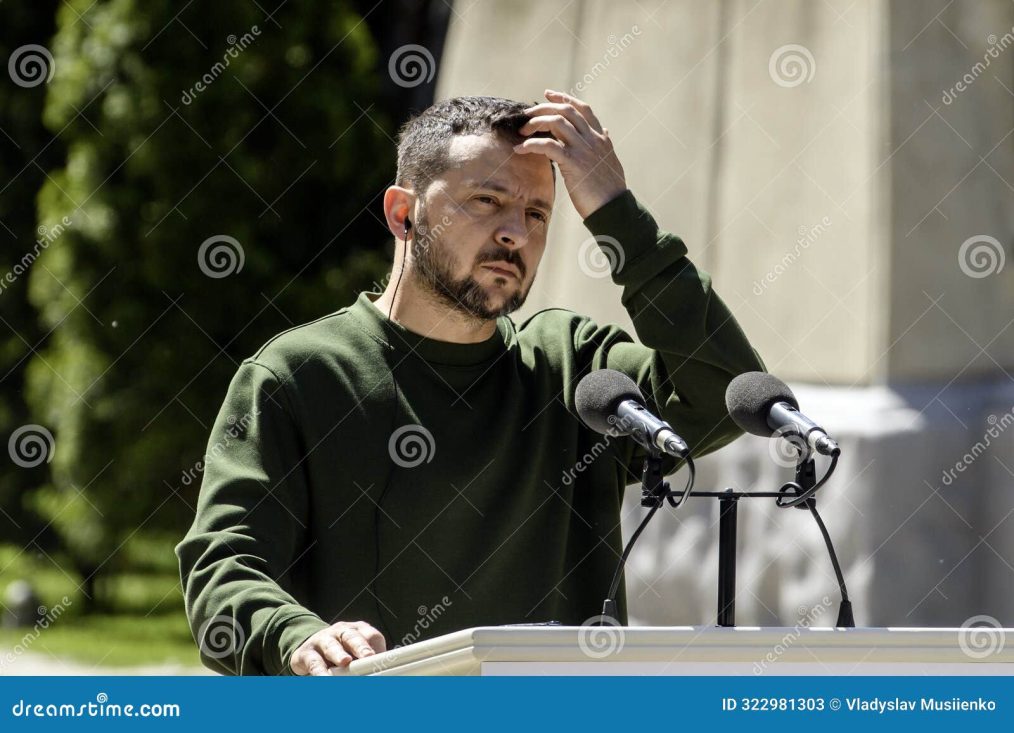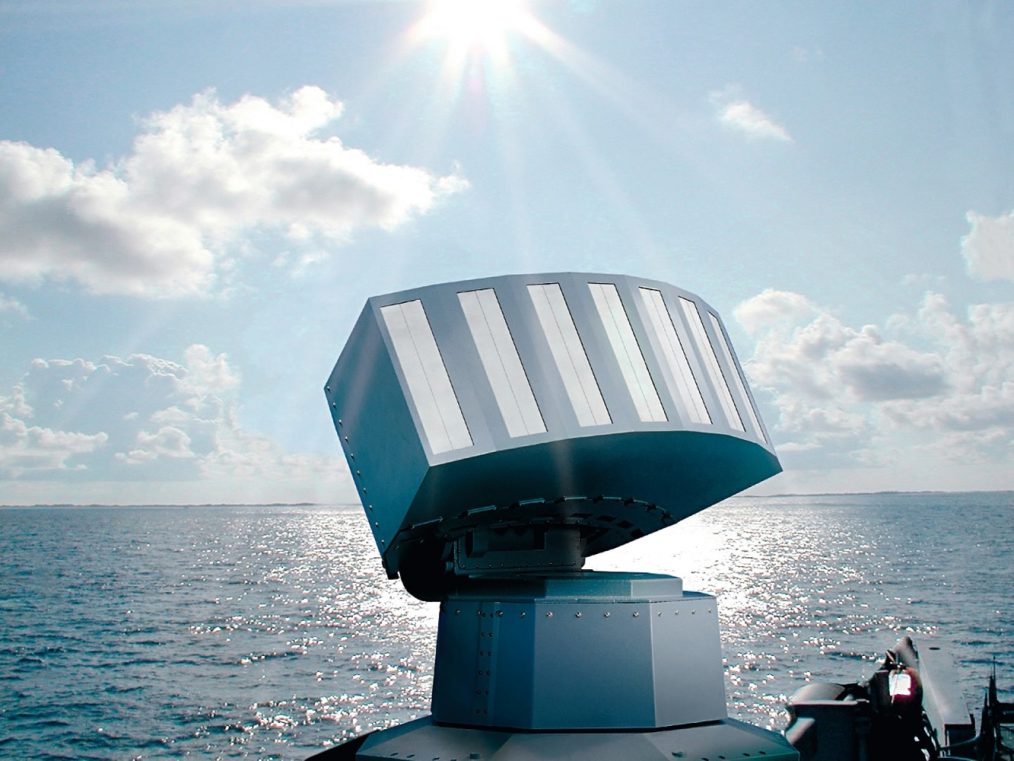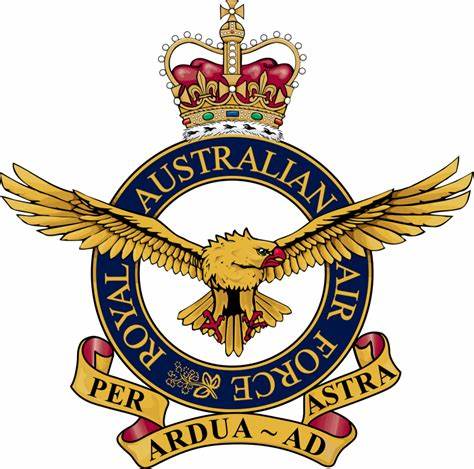ED: This arrived in my inbox this morning from Bob Buick – So now it’s todays smile.
|
HANDY APPRAISAL NOTES FOR MILITARY OFFICERS’ 1. His men would follow him anywhere, but only out of idle curiosity. 2. I would not breed from this Officer. 3. This man is depriving a village somewhere of its idiot. 4. This officer can be likened to a small puppy – he runs around excitedly, leaving little messes for other people to clean up. 5. This Officer is really not so much of a has-been, more of a definitely won’t-be. 6. When she opens her mouth, it seems only to change whichever foot was previously in there. 7. Couldn’t organise 50% leave in a 2 man submarine 8. He has carried out each and every one of his duties to his entire satisfaction. 9. He would be out of his depth in a car park puddle. 10. Technically sound, but socially impossible. 11. The occasional flashes of adequacy are marred by an attitude of apathy and indifference. 12. When he joined my ship, this Officer was something of a granny; since then he has aged considerably. 13. This Medical Officer has used my ship to carry his genitals from port to port, and my officers to carry him from bar to bar. 14. This Officer reminds me very much of a gyroscope, always spinning around at a frantic pace, but not really going anywhere. 15. Since my last report he has reached rock bottom, and has started to dig. 16. She sets low personal standards and then consistently fails to achieve them. 17. He has the wisdom of youth, and the energy of old age. 18. This Officer should go far, and the sooner he starts, the better. 19. In my opinion this pilot should not be authorised to fly below 250 feet. 20. The only ship I would recommend for this man is citizenship. 21. Couldn’t organise a woodpecker’s picnic in Sherwood Forest. 22. Works well when under constant supervision and cornered like a rat in a trap. 23. Not the sharpest knife in the drawer. 24. Gates are down, the lights are flashing, but the train isn’t coming. 25. Has two brains; one is lost and the other is out looking for it. 26. If he were any more stupid, he’d have to be watered twice a week. 27. Got into the gene pool while the lifeguard wasn’t watching. 28. If you stand close enough to him, you can hear the ocean. 29. It’s hard to believe that he beat 1,000,000 other sperm. 30. A room temperature IQ. 31. Got a full 6-pack, but lacks the plastic thingy to hold it all together. 32. A gross ignoramus, 144 times worse than an ordinary ignoramus. 33. He has a photographic memory but has the lens cover glued on. 34. He has been working with glue too long. 35. When his IQ reaches 50, he should sell. 36. This man hasn’t got enough grey matter to sole the flip-flop of a one legged budgie. 37. If two people are talking, and one looks bored, he’s the other one. 38. One-celled organisms would out score him in an IQ tests. 39. He donated his body to science before he was done using it. 40. Fell out of the stupid tree and hit every branch on the way down. 41. He’s so dense, light bends around him. 42. If brains were taxed, he’d get a rebate. 43. Some drink from the fountain of knowledge; he only gargled. 44. Takes him 1.1/2 hours to watch 60 minutes. 45. Wheel is turning, but the hamster is long dead.
|


